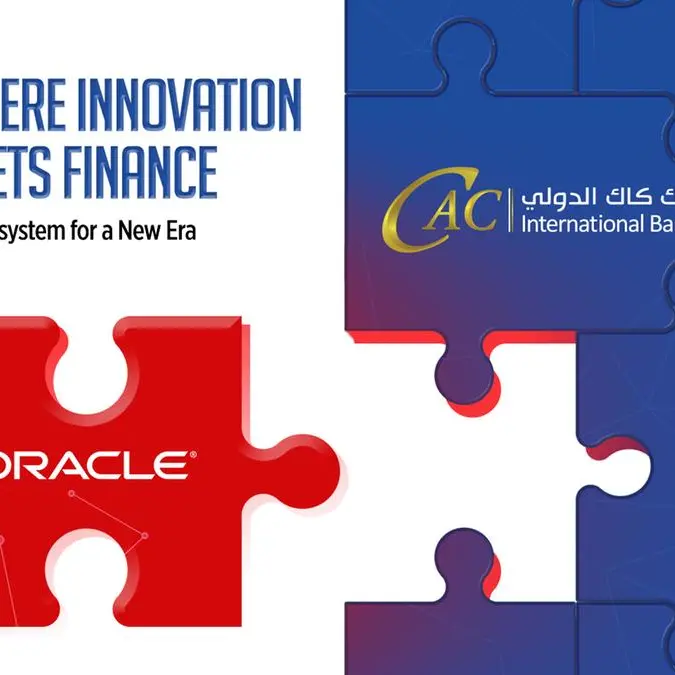PHOTO
In today’s business landscape, managing the movement of products and services from vendors to consumers in a structured way is essential for maintaining competitiveness. This involves the efficient handling of various actions such as inventory control, order processing, and shipping. Electronic Data Interchange (EDI) is emerging as a pivotal solution in establishing flexible supply chains capable of adapting to disruption, securing smooth operations in an unknown future.
EDI is a widely adopted digitalization solution in the supply chain domain that helps businesses streamline processes by providing real-time visibility and bringing a multitude of benefits, including improved organization and cost reduction.
EDI in the Supply Chain – Definition
The integration of EDI in the supply chain automates diverse processes, such as order-to-cash, enabling customers and vendors to communicate easily and effectively using the electronic exchange of vital documents like purchase orders and invoices. Essentially, EDI makes supply chains more efficient by automating and streamlining intercommunication among all businesses involved, from manufacturers to retailers and beyond. This optimization enhances processes, enabling real-time tracking of shipments and ensuring that the orders will be delivered on time.
EDI offers significant profits to the production process by automating essential chores like inventory monitoring, delivery time control, and production scheduling. Integrating EDI with inventory management systems enables continuous monitoring of current stock levels, ensuring quick replacement and minimizing stock-outs.
Additionally, EDI optimizes distribution by automating shipments with logistics partners and enabling tracking of deliveries, giving businesses more control and visibility and making the supply chain more efficient overall.
How EDI Works in the Supply Chain
What sets EDI apart from many other systems is the usage of standard language to format and exchange documents adhering to industry standards (e.g., EDIFACT, ODETTE, or ASC X12). This standardization enables the electronic exchange of a range of documents, including:
- Orders
- Transport documents
- Shipping notices
- Invoices
- Inventories
- Price lists
EDI facilitates electronic document exchange in business relations across various entities, initially being employed in the automotive industry and now widely utilized in sectors like retail, pharmacy, oil and gas, transport, manufacturing, and healthcare.
Multiple data types can be shared using EDI technologies. Ultimately, the user has control over the solution, determining the specific information to transit.
4 Key Stages of Transmitting EDI Documents in the Supply Chain
- Data Preparation: The initial stage involves collecting and categorizing necessary data to create a file with essential information and preparing documents for transmission to trading partners instead of printing a purchase order.
- Mapping and Translation: In this stage, the documents are converted into an EDI format using appropriate segments, a process that entails mapping and translation.
- Data Validation and Enrichment: During the third stage, the data undergoes thorough validation to ensure compliance with required standards, accuracy, completeness, and adherence to industry-specific or legal requirements. Additional information, such as barcodes and tracking numbers, may be included in the EDI documents, enriching the data.
- Document Transition: The final stage involves transmitting the translated EDI documents to business partners via chosen communication channels, completing the process of sending crucial data across the supply chain.
EDI Standards
A fundamental aspect driving the adoption and success of EDI solutions is the utilization of standard EDI languages. These norms have been established for various sectors and geographical areas, encompassing popular standards:
- EDIFACT: Commonly employed in Europe across retail, logistics, transport, and healthcare.
- ODETTE and VDA: Standards specifically designed for the automotive industry, facilitating communication between OEMs and suppliers.
- ANSI X12: Particularly prevalent in North America.
- UBL (Universal Business Language): Created utilizing XML language, predominantly used in financial and public sectors.
Compliance with e-invoicing is imperative for the majority of taxpayers due to its increasing mandatory status in many countries. These mandates necessitate sellers to generate and transmit invoices to customers, along with reporting them to local tax administrations in alignment with relevant laws and standards.
The Future of EDI in the Supply Chain
For companies aiming to enhance operational efficiency, cost savings, and customer satisfaction, strategic integration of EDI into the supply chain management process is crucial. EDI integration makes procurement, production, and distribution processes more efficient by automating essential tasks, boosting productivity, cutting down on errors, and giving businesses real-time visibility.
Automation and sustainability are pivotal trends in the supply chain, and EDI will continue to play a significant role. Automation, aided by Robotic Process Automation (RPA) and intelligent automation, will streamline routine supply chain activities, reducing manual data entry and processing tasks. EDI will help companies reduce their carbon footprint by tracking and optimizing transportation routes, reducing packaging waste, and adopting sustainable practices.
EDI is still a vital solution for many businesses, even though other tools such as ERP systems, supply chain management tools, and warehouse or transport management systems are also important. To achieve the most advanced collaboration between supply chain links, B2B integration with disruptive technologies like AI, Blockchain, and IoTs is necessary. Innovations in EDI are anticipated to be led and overseen by entities like Comarch.
Author: Vince Cirillo
LinkedIn: https://www.linkedin.com/in/vince-cirillo-a3153771/
Biography: Vince leads global Data Exchange solutions at Comarch, leveraging extensive experience in the supply chain and automotive industry across multiple countries. With a passion for driving digital business enablement, Vince supports organizations in improving their business operations through digital transformation.























